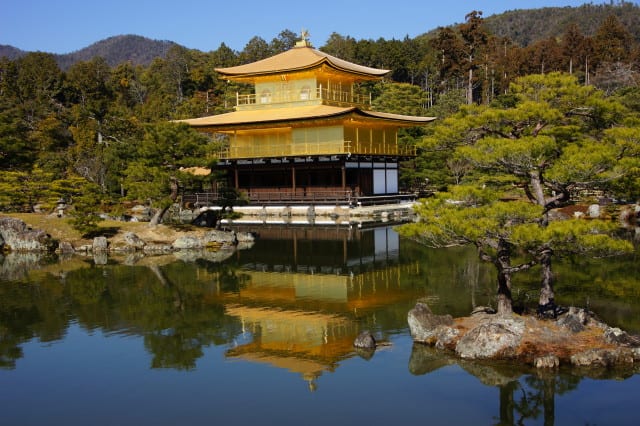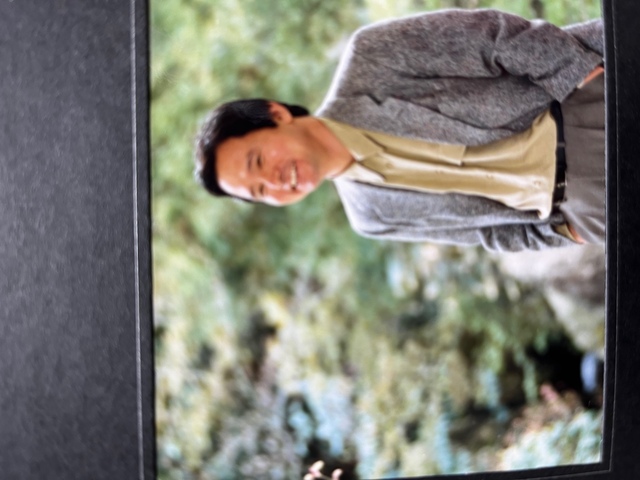The following is from Masayuki Takayama's latest book, Henken Jizai: The Big Bad as Taught by Corona, published on 1/15/2021.
This book is also one of the best books in the world.
It is a must-read not only for the Japanese people but also for people worldwide.
Every Japanese citizen should go to the nearest bookstore and buy it right now.
I will let the rest of the world know as much as I can.
The text inserted is my own.
The "comfort women" model was a junior high school girl who died in a car accident.
The national flag of Joseon Korea has a yellow and white circle in the center of a deep red background.
It was a magnificent flag with a black frill.
However, the current Korean flag has a red and blue circle in the center of a white background.
It looks like the Flag of Japan.
If they hated Japan, they should have used the Joseon style or a different design.
However, they chose to make it look like the Flag of Japan because they have a longing for Japan.
In Aki Yashiro's style, there is a mixture of "I hate you, and I miss you," which is hard to break.
That is why "Japan" appears somewhere in their behavior.
The head of the labor union, leading the current anti-Japanese movement, is also called "Rōsō" in the General Council of Trade Unions style.
At these meetings, an 87-year-old man always comes out to speak.
His name is Gu Young-chul.
According to "The Truth of Gunkanjima" (produced by Yasuko Kato), Gu was born into a family of extreme poverty in Gyeongsangnam-do.
His father went to Japan to work on Hashima Island (Gunkanjima) and was able to earn a living.
He earned enough money to bring his family to Japan, and at the age of eight, Gu came to live with his father.
He no longer had to worry about food.
He was able to go to school.
It must have been like heaven.
I thought that's why Gu would talk about his gratitude to Japan at the meeting, but he was wrong.
He said.
"Koreans were begging for food on the way to school."
"I could see Nakanoshima from my classroom window. Smoke was rising from the funeral of Koreans who had died in the mines. The smoke increased every day."
"On the day the war ended, 1,000 Chinese who had been brought from Manchuria were nowhere to be seen. They were trapped in the tunnels, the Japanese blew up the mine mouths, and they were buried alive. It is brutality beyond the imagination of the naive Koreans."
The last sentence could have been more plausible if it had said, "I can't even imagine how brutal Koreans can be."
Anyway, Gu said that he had lived on the hellish Gunkanjima for six years and had witnessed dozens and hundreds of his countrymen being abused and killed.
With each word or two, the audience groaned, and soon the groans turned into shouts of "Sumida, beating up the Japanese.
Just a few days ago, Gu returned to Gunkanjima, and the Nagasaki Shimbun faithfully printed the words of the living witness of hell.
*To what extent are Japanese newspapers, including the Asahi Shimbun, horseshit? To what extent is it a mass of masochistic view of history and pseudo-moralism?
Any sane person other than a leftist pedophile would be appalled.*
But the article was disputed.
A classmate of Gu's at the National School on Gunkanjima said, "There were Lee, Kim, and Chang, but no one called Gu."
Nakanoshima is on the opposite side of the island from the school, in the sea. Nakanoshima is on the other side of the island, out of sight from the school windows.
"Gunkanjima was a highly modernized city. Each of them had its dormitories and cafeterias. There were also living quarters and dining rooms for Koreans. There was no room for beggars on the island."
In case you were wondering, there was also a brothel for Koreans called Yoshidaya.
Both the owner and the prostitutes were Koreans.
Gu's story doesn't match any of the memories of the residents at the time.
Even though he had been there for six years, no one knew him.
His name is not in the school register.
Besides, he included the lie that he was buried alive in China.
He is not ashamed of hurting the hearts of those who consider Gunkanjima as their home.
Jun Matsuo, deputy chief of the Nagasaki Shimbun news department, which carried Gu's story, said, "I think the story about the people of Hashima Island is true.
At the same time, I think there is truth in the story of the conscripted worker," he said.
So Matsuo weighed the two truths and took Gu.
He did not check school registers or listen to the stories of the islanders at the time.
Journalist Matsuo has said that he has a wise eye to that extent.
There is someone similar.
It is Daisuke Tsuda, who the Aichi Triennale hired for 8.6 million yen.
He called the comfort women statue made by Korean sculptor Kim Eun-Sung and his wife art.
He judged it as such, but the statue was based on an incident in which two junior high school girls were run over and killed by an American military vehicle.
That's why she is sitting on a chair-type study desk at the junior high school.
Two chairs suggest the "two junior high school girls who were killed.
When it tried to place it in front of the U.S. military base, it was reprimanded, and it was kept in storage for a long time.
They later brought it out to harass the Japanese Embassy.
Now it has been renamed the Comfort Women Statue.
The Asahi Shimbun initially fabricated the comfort women story.
Besides, the statue was appropriated.
How can it be art?
I wonder why all the people who flock to Korea look like Koreans, from how they look to the way they talk.
(September 5, 2019)





















